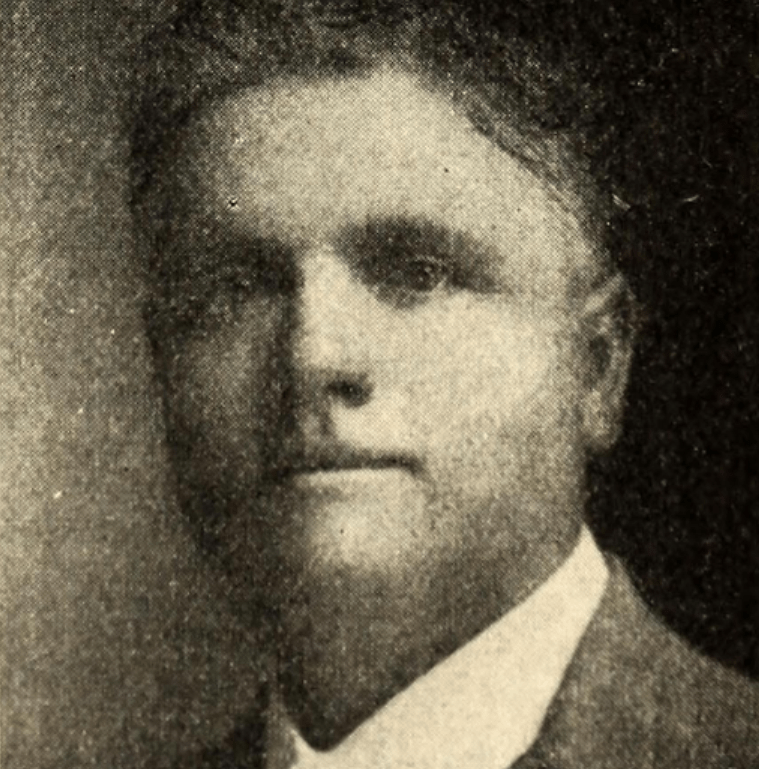
Along Jim Ned Creek, in the fall of 1882, an 18-year-old cowboy called W.K. Shipman planned to catch a blood bay mustang that was running nearby. Shipman was working as a ranch hand for John Davidson who raised cattle along the Jim Ned. Shipman was trail boss for Davidson’s outfit, and he and his brother Joe had taken a herd of cattle north for him along the Great Western Trail in May of that year.
Texana author and researcher J. Frank Dobie in his book, Mustangs and Cow Horses, tells the story of Shipman’s attempt to capture and tame the bay horse. “Except for drift fences, the range was still open, and many mustangs yet ran on the vast, broken prairies east of the cap rock. Shipman had noted especially one band, led by a blood-bay stallion with black mane and tail. He got six other cowboys to go in with him to capture this band, all agreeing that Shipman himself should have the stallion if they ever got him within reach of a rope,” Dobie wrote.
Shipman and his fellow mustangers succeeded in introducing a belled mare to the wild herd, using this horse to track the stallion. After 3 days spent following the herd in a buckboard wagon, they cornered the bay stallion and his band while they were getting a drink from the creek. The horses were herded into a makeshift corral, and Shipman singled out his prize.
“In the pen,” Dobie continues, “the blood-bay stallion, his black mane and tail marking Spanish ancestry, showed up as beautiful, as well proportioned and as desirable as he had appeared while running in the distance on the prairies. During the long chase he had exercised much more than the other animals in his band, sometimes leading them, often driving them, frequently racing up one side of them and down the other. Now he stood, gaunt, jaded, but still with plenty of life in him, and apparently as sound as a dollar.”
“When roped, he struggled but did not fight. When mounted, he did not pitch. Guiding him with a hackamore and accompanied by two other men, Shipman rode out of the pen toward Jim Ned Creek, some distance off, and into water not more than eighteen inches deep. The reins of his hackamore loosened, the mustang thrust his muzzle into the water up to his eyes. Then suddenly he lay down, his muzzle still submerged. His rider quickly loosened the girth, and all three men struggled to force the mustang’s head out for air.”
The horse, however, would not have it, and the story goes that he drowned himself right there in the creek. A tragic and yet sort of magnificent tale, kind of reminiscent of the Kiowa chief Satanta, who jumped to his death from a window in Huntsville State Prison rather than submit to captivity.
Shipman went on to drive several more herds along the trail. Afterward he went into business as an undertaker in Brownwood. According to an interview in the book, Trail Drivers of Texas by Marvin J Hunter, Shipman stated, “Later I went to New Mexico and worked in the V-V ranch near Fort Stanton until 1887, when wages were cut, and I drifted back to Texas, going up to McKinney, in Collin County, where I took a position in a marble yard, and kept it until July 1889, then went to Brownwood and opened a marble yard of my own, which I managed until 1900, when I sold out and went to San Angelo and started another marble yard, later putting in a branch business at Sweetwater.”
It’s fun to drive along Jim Ned Creek and think about those cowboys chasing the bay horse all over the countryside, to imagine where they might have rounded up that wild horse who seemingly would rather die than submit. Like the Kiowa Chief and the blood bay, old time cowboys like Shipman often placed a lot of emphasis on freedom as well. No one could take it from them without taking their lives.
***
Diane Adams is a local journalist whose columns appear Thursdays on BrownwoodNews.com
